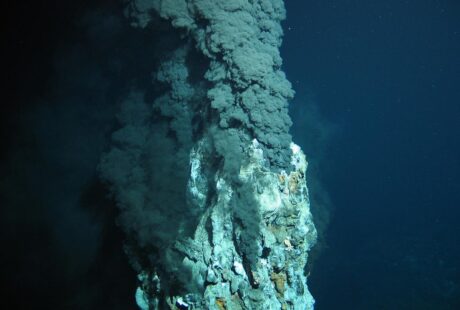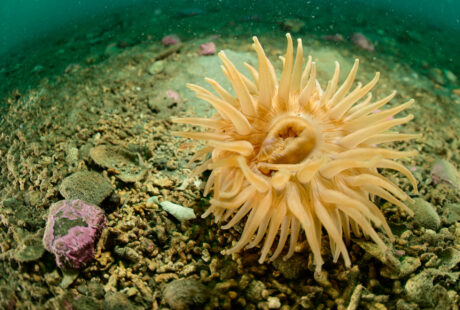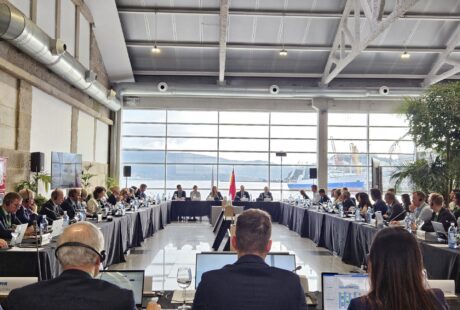The deep sea makes up half of our planet; it drives ocean currents that regulate the climate, hosts unique ecosystems, is an important part of the food web and is the origin of all life on earth. The wonders and diversity of life in the deep sea remain largely unexplored – we know more about the moon than about the deep sea. However, the surging demand for metals is now driving the mining industry into our planet’s last frontier.
The coveted prizes are metals such as nickel, cobalt and copper that are embedded in nodules found on the deep seabed, crusts of seamounts, and hydrothermal vents. With increasing urbanisation, growing demand for metals for batteries, renewable energy, and electronics, and deep-sea mining technology almost ready to use, countries are rushing to get deep-sea mining licences. Commercial deep-sea mining could be greenlit as early as 2025.
Scientists warn of large-scale irreversible biodiversity loss, caused by ecosystem fragmentation and destruction, noise and light pollution, waste water, and sediment plumes that would spread for large areas beyond the mining sites. Mining the deep sea might also result in long-term impacts on carbon sequestration disrupting the critical carbon cycle. Luckily, there is a way out: reducing the demand for metals through much more careful and efficient use of these resources would make deep-sea mining obsolete.
82%
increase in e-waste
since 2010
22%
of global e-waste
was collected and recycled in 2022
Why would we risk large-scale loss of biodiversity, while enormous amounts of metals are being squandered? We need instead to rethink our economy and reduce our demand for raw materials, by countering overconsumption and prioritising sustainable consumption and production.
Simon Holmström, Deep-Sea Mining Policy Officer, Seas At Risk



